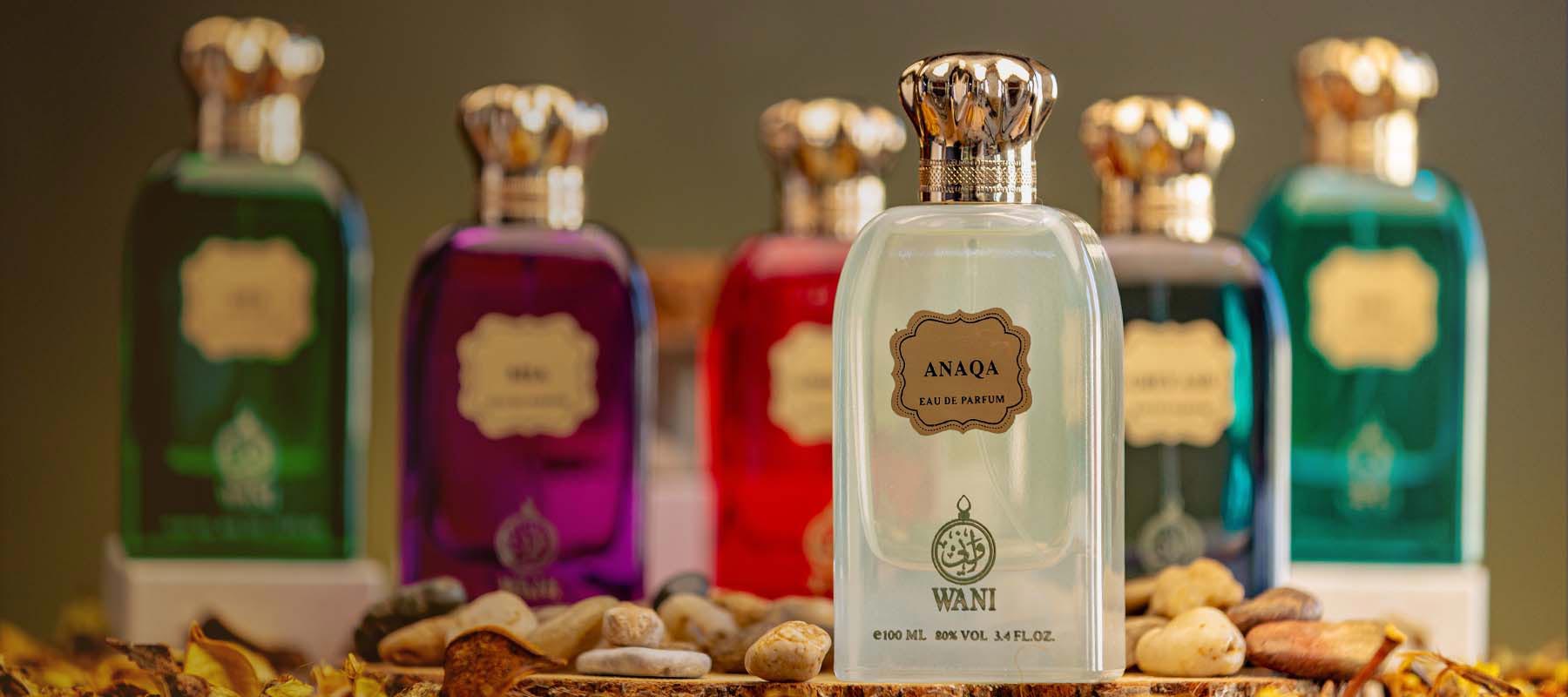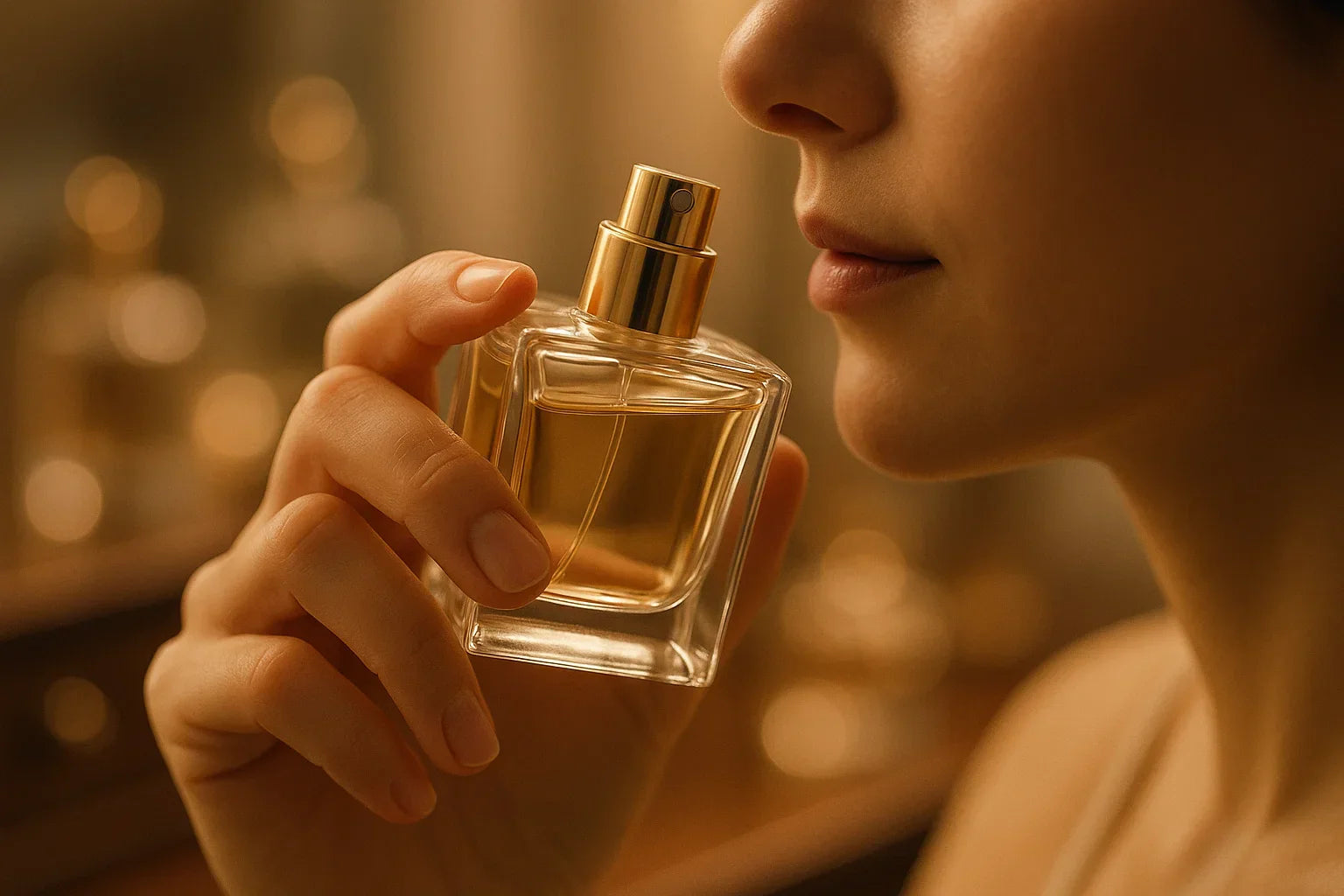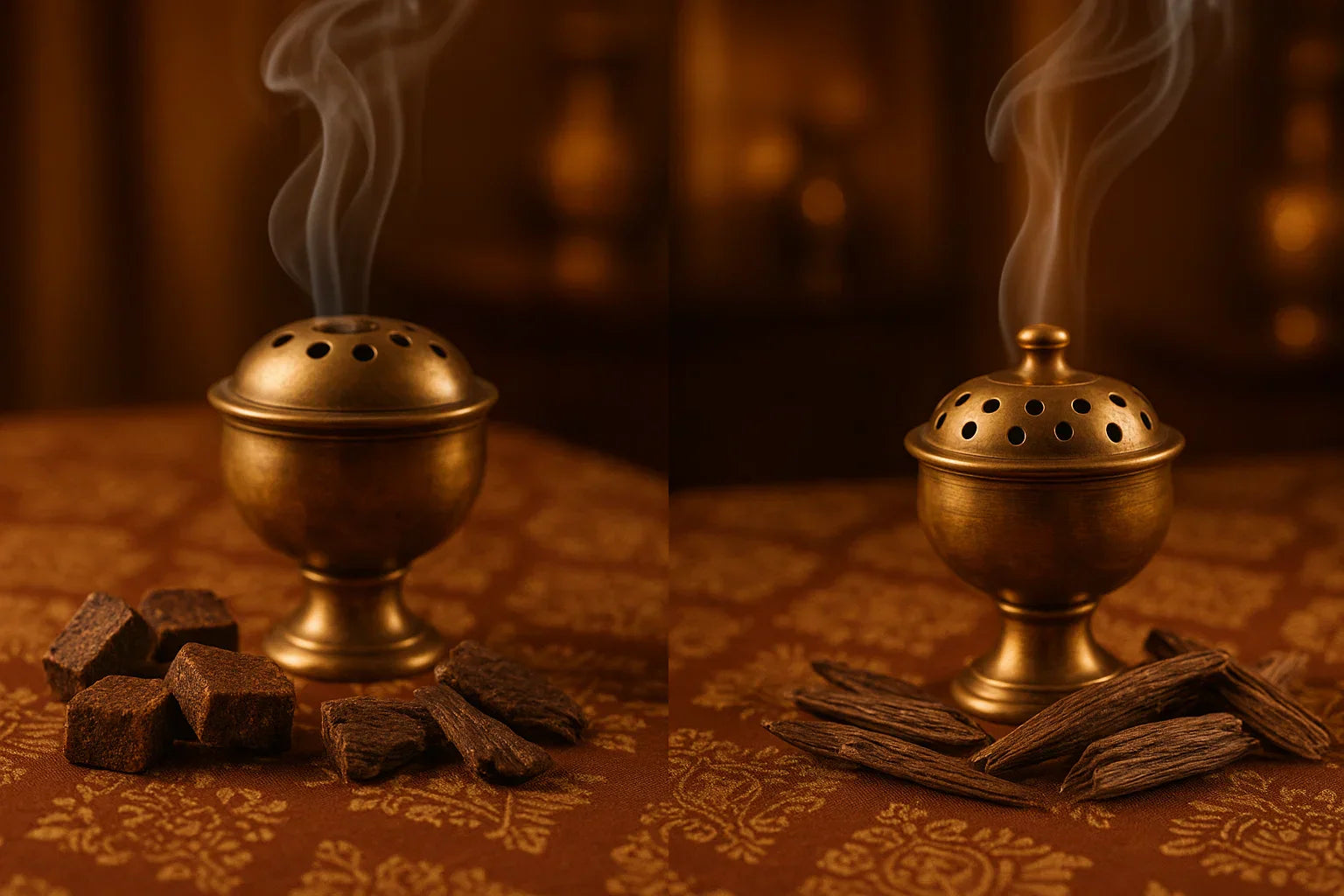
A Guide About Different Notes of Perfume and What They Represent
Shopping for perfumes is no easy feat. While smelling different notes of fragrances at your favorite perfume shop might seem fun, it can get quite tricky when the salesman starts using the poetic language of scents. The ingredient list doesn't give much away either, as it is filled with botanical jargon that only an expert would understand.
Therefore, getting familiar with the basics of perfumery will help you make an informed decision when you choose your next best perfume without any mistakes. According to Emmanuelle Moeglin, who is the founder of The Experimental Perfume Club, deciphering the perfumery language doesn't have to be complicated. She thinks of perfume notes as musical notes, which are essential for creating a well-balanced fragrance.
The word perfume is derived from the Latin word, “per fumus,” which means “through smoke”. Few things express you more non-verbally than the perfume you wear. Wearing an appealing fragrance will not only enhance your mood but can also leave a lasting impression on people you meet. However, it can be challenging to understand the technical stuff related to perfumes. Consider this article a crash course on scent notes.
What are Perfume Notes?
For simplicity's sake, you can consider perfume notes as the perfume ingredients. There is no limit to how many notes a specific scent can encompass. Even if you take one scent, such as rose, you can find dozens of different notes that depend mainly on its extraction and distillation process. Although a perfume can hold an unlimited amount of notes, almost every perfume will include the three essential types of perfume notes: top note, middle note, and base note.
Perfume notes are typically defined in the form of a pyramid structure. It’s an accurate representation of the three main notes of perfumes. The top-most peak of the pyramid which is the smallest in size represents the top notes – explaining their highly volatile nature. The middle part represents the middle or heart notes. Finally, the bottom section that takes up the most space represents the base notes, which are the strongest and the most long-lasting notes.
Due to this perfume composition, you keep on smelling different scents throughout the day after applying your favorite Eau de Parfum. What you smell on the first whiff would be totally different from the scent that has dried down after a few hours of application. That is the reason the initial notes of typical vanilla perfumes are surprisingly fruity before turning into a warming sweet base.
Top Notes
Top notes are the lightest in nature, and they can help you form a first impression when you are buying a new perfume. Because of their simple molecular structure, they are highly volatile. Even though these notes evaporate very quickly, they are sharp and bold, which helps you make a suitable buying decision. These are the notes that lure people in because they are detected immediately.
Some common top notes include citric blends such as lemon and bergamot and floral blends like lavender and rose. These notes will typically fade away after about 15 minutes of application.
Middle Notes
Also known as heart notes, the middle notes comprise the core of any perfume, and they start appearing as soon as the top notes fade away. These fragrant-rich notes form the main character of perfume and become more appealing with time. Depending upon the ingredients, middle notes typically linger around for up to 7 hours of post-application.
Heart notes not only enhance the initial scent but also ensure a smooth transition into the base notes, which can sometimes be unpleasant in the beginning. You would mostly find middle notes from within the floral family, which includes scents like rose, lily, jasmine, and ylang-ylang.
Base Notes
Base notes act as the solid foundation on which the entire fragrance is built, and they have the lowest volatility because of a complex molecular structure. Hence, they last the longest when compared to the other notes in the fragrance pyramid. These are the notes that will get you hooked on a particular perfume or remind you of a long-forgotten memory that had a lasting impression on you.
Base notes are activated after about 30 minutes of application and can last on your skin or clothes for up to anywhere between 12 and 24 hours – depending upon the concentration of the perfume. These strong notes add depth to the perfume and leave an unforgettable impression. Some common base notes include vanilla, sandalwood, and musk.
Conclusion
Now you know why your perfume scents keep on changing throughout the day: it is because of the notes! As discussed earlier, the top notes are the most apparent after the application of a perfume, while the middle and the base notes kick in after a while but leave a lasting impression on the perfume wearer. These three different layers must work in a harmony to form a fragrance that is appealing yet memorable.
Finding a perfume that goes well with your personality is like a journey that involves personal sentiments. This basic knowledge about perfume notes can come in handy for you the next time you are experimenting with new scents. Assess the common traits in the perfumes that you already own. This will help you choose a perfume that suits your personal style and mood.
Happy scent shopping!







